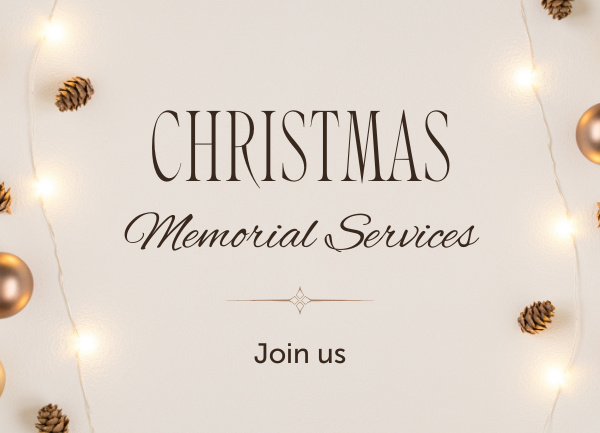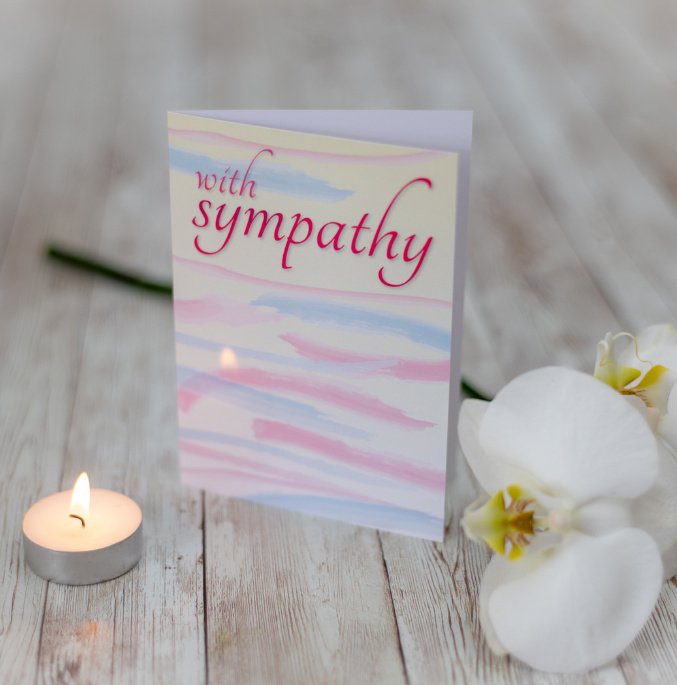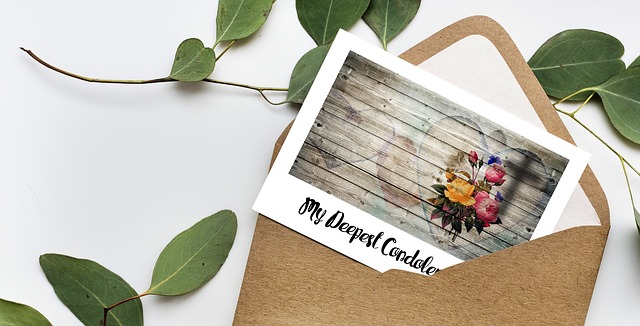Table of Contents
ToggleHead of Funerals, James Blackburn discusses Direct Cremations
Direct cremations have been a topic of discussion in the news and media, with recent phone-ins on BBC Radio exploring the positive and negative aspects of this type of funeral. Direct cremation providers are also frequently advertised on television channels throughout the day. To shed some light on this topic, James Blackburn, Head of Funerals here at Scotmid, explains what a direct cremation is and how they work.
What is a Direct Cremation?
A direct cremation is a simple and straightforward funeral that does not include a service or any attendees. After the person has died, they are respectfully taken into our care, and the cremation is arranged. On the day of the cremation, there are no attendees present. It is important to note that this type of funeral may not be suitable for everyone.
What do you mean when you say Direct Cremations are not for everyone?
Some may find comfort in traditional funerals that involve family and friends. These traditional funerals provide a familiar ritual that can help in the grieving process. It is crucial to discuss funeral preferences with family members, so that specific wishes can be honoured.
If no one can attend the cremation, can a family have a separate service?
Many families choose to hold a celebration of life or memorial service in a more relaxed and personal setting, such as a favourite restaurant or a park. This can provide an opportunity for family and friends to come together, share memories and stories, and find comfort in each other’s company. Additionally, some families choose to scatter the ashes in a special place that was meaningful to their loved one, which can also serve as a way to honour their memory. It’s important to remember that there are many ways to celebrate a life, and the most important thing is to do what feels right for you and your family.
What happens with the ashes after the cremation?
After the cremation, the ashes can be returned to the family, or scattered at the garden of remembrance at the crematorium.
Are they becoming more popular?
According to a Sun Life report, direct cremations accounted for 18% of all funerals in 2022, showing their growing popularity. They gained even more attention when David Bowie passed away in January 2016, as he had chosen a direct cremation.
Is cost a factor in why they are becoming popular?
While direct cremations are the lowest cost funeral option, we find that cost is not always the primary factor in the decision-making process. Many people choose this option because it aligns with the wishes of the deceased, who may have expressed a desire for a simple and low-key farewell. Additionally, some families prefer the flexibility of arranging a memorial service or celebration of life at a later date.
In your latest advert you say “Not all Direct Cremations are the same!” What do you mean?
There are a number of direct cremation providers who offer efficient services online or over the phone, but the downside is that families may not have the personal touch of dealing with a funeral director face-to-face. At Scotmid, we take pride in offering a personal service and providing emotional support and guidance during such a difficult time. Unlike most direct cremation providers who use a private ambulance or estate car, we use a hearse with a funeral director and their team. We take the deceased to the crematorium through the main chapel door, where the coffin is placed on the catafalque with the same dignity and respect as a traditional funeral, regardless of whether there are 200 people present or no one.








